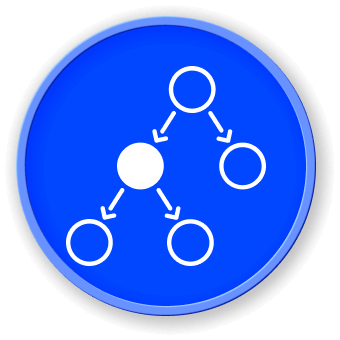Introduction
In computer science, a queue is a data structure that follows the First-In-First-Out (FIFO) principle. It is an ordered list of elements where an element is inserted at one end and removed from the other end. A stack, on the other hand, follows the Last-In-First-Out (LIFO) principle. It is an ordered list of elements where an element is inserted and removed from the same end. In this challenge, we will implement a queue using two stacks.


